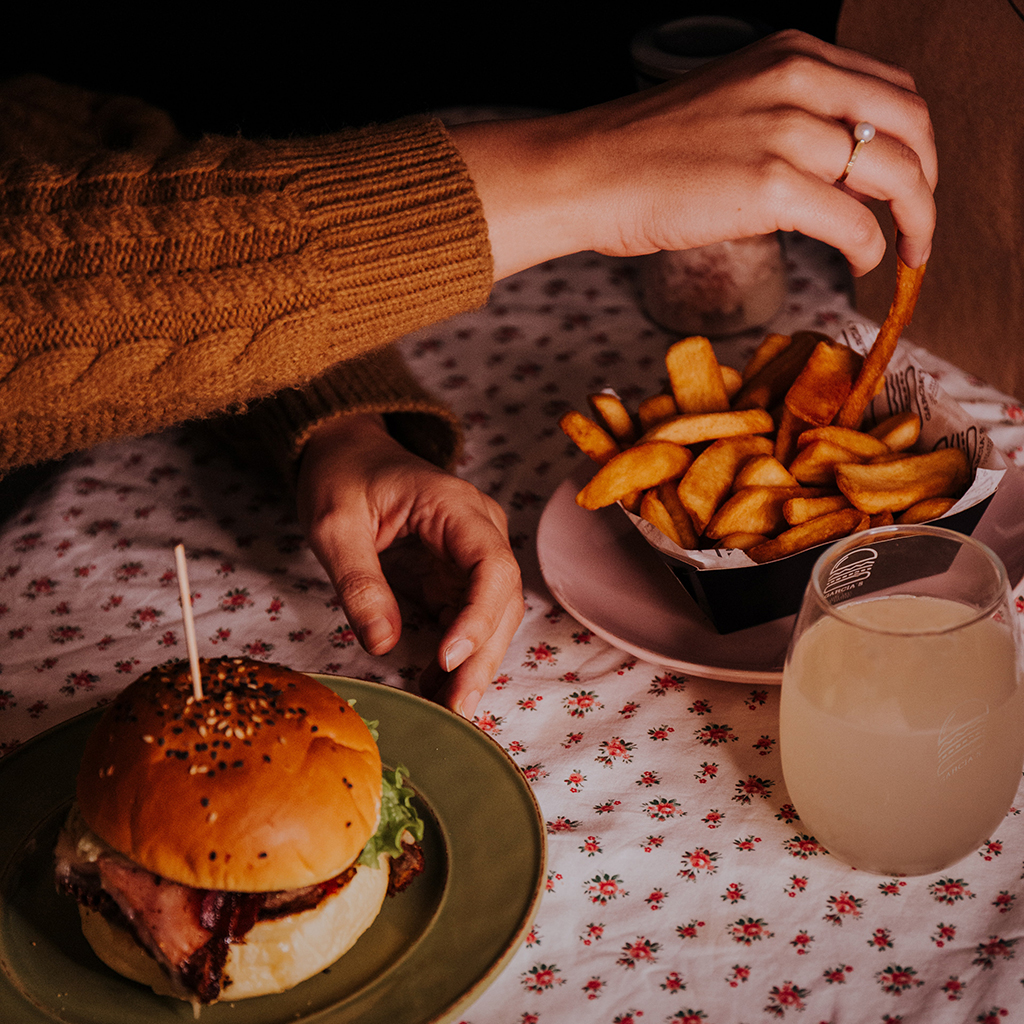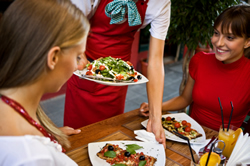
A Review of Basic Dining Etiquette
While out at a restaurant with my husband, I happened to observe a couple dining with a teenage boy, perhaps their son. They were well dressed and seemed familiar with formal dining, so I was startled to see the woman use her thumb to push food onto her fork while her knife remained idle on the table beside her plate.
I couldn’t help but wonder about the state of etiquette in our society and how such a basic rule could be so easily forgotten.
Perhaps the prevalence of fast food restaurants and finger foods has blurred the lines between eating with utensils and eating with our hands? And, of course, there are situations, even in fine dining, when using fingers is acceptable and even a necessity; however, in no situation are fingers deemed a good substitute for a knife. Pushing your food with your fingers is akin to licking your fingers or chewing with your mouth open and, in many situations, you will be judged on the basis of that behaviour.
 Good etiquette is based on the circumstance and using your hands to eat is acceptable in many cultures and in some casual dining situations. So, you may wonder, when is it appropriate to use your fingers at a North American or European table that has a proper place setting?
Good etiquette is based on the circumstance and using your hands to eat is acceptable in many cultures and in some casual dining situations. So, you may wonder, when is it appropriate to use your fingers at a North American or European table that has a proper place setting?
As a general rule of thumb (pun intended), when you are provided with a knife, fork, and spoon, use the provided utensils to eat your food unless the food is awkward to eat with utensils, or a finger bowl is provided for washing your fingers afterwards. If you have trouble getting food onto your fork, use your knife, never push food with your fingers.
Foods generally accepted as finger foods:
- Bread
- Pizza
- Sandwiches, unless covered with a sauce
- French fries – in fine restaurants it is still preferable to use a fork and if the fries have gravy or another sauce
- Fried chicken
- Barbeque ribs
- Crispy bacon
- Corn on the cob
- Artichokes
- Asparagus
- Small fruits such as grapes or berries
Our table manners speak volumes about us. Although this couple may not care what the other restaurant patrons thought of them at that time, they are also fostering poor dining etiquette habits and modelling them to their son, who may repeat the same faux pas in the future and possibly in a situation where other people’s judgements matter more such as a business dinner with potential clients.
. . . .
Photo by Greta Schölderle Møller on Unsplash

 Posted in
Posted in  Tags:
Tags: 